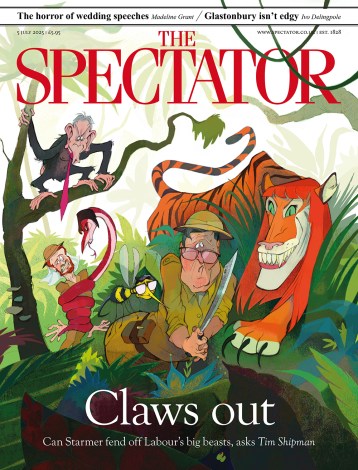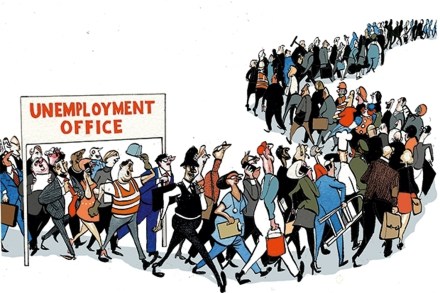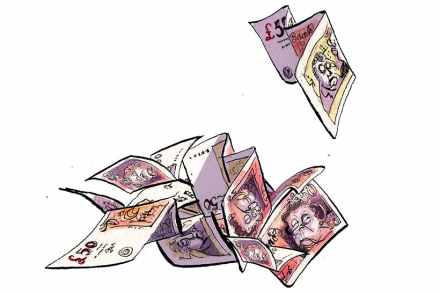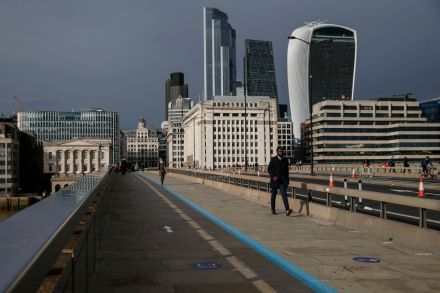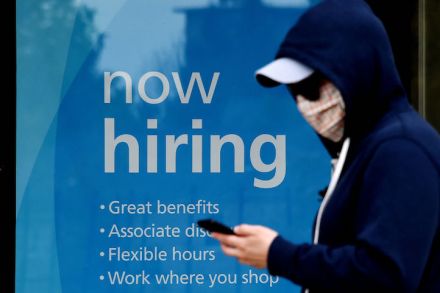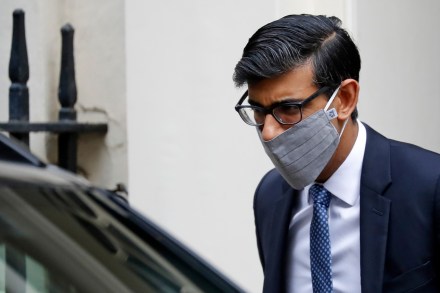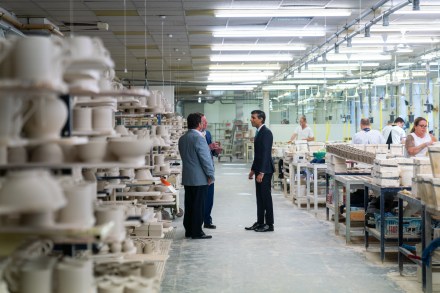Should businesses receive more Covid support?
As government considers whether to lock us down once again, should it put economic support for businesses affected back on the table? The combination of Plan B and Boris Johnson’s insistence that we modify our social behaviour has led to empty cinemas, ghost trains, cancelled gigs and ‘postponed’ Christmas parties. Just as the economy was getting back on its feet, the unofficial guidance to avoid social events is knee-capping it once again, forcing the Chancellor to not only drop his December plans but to announce yet more taxpayer-funded business compensation. So far he’s fallen down on the side of more support, though nothing (yet) like last time. Businesses in England that

